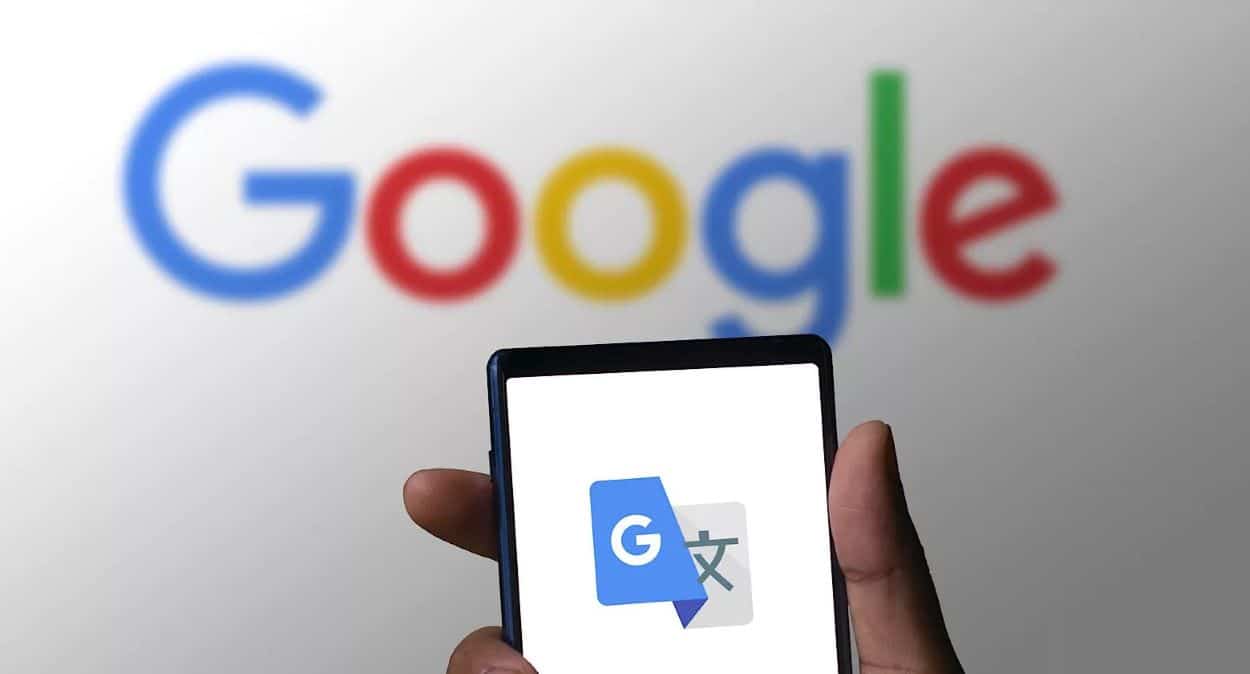Google has expanded its translation platform, now supporting over 100 languages, including the newly added Balochi.
A recent Google blog post underscored the significance of Google Translate in connecting cultures and facilitating global communication. The platform leverages advanced AI and large language models (LLMs) to enhance accessibility.
In 2022, Google Translate adopted Zero-Shot Machine Translation, introducing 24 languages without needing prior examples.
The “1,000 Languages Initiative” marks a significant stride, adding 110 languages in its largest update yet, affecting over 614 million people globally. This update includes major world languages and those of indigenous communities, emphasizing efforts in language revitalization.
A notable part of this update is the addition of 25% of the languages from Africa, enhancing Google Translate’s coverage of African languages with languages like Fon, Kikongo, and Wolof.
Newly supported languages range from Afar to Cantonese, including less widely spoken languages like Manx and NKo. This broadens the platform’s linguistic reach significantly.
Google Translate focuses on widely used varieties and dialects to ensure nuanced and inclusive language representation. It continues to work with linguists and native speakers to refine its models and adapt to changing language use.
These updates are available on Google Translate’s app for both Android and iOS, promoting effortless translation and cultural connectivity worldwide.






